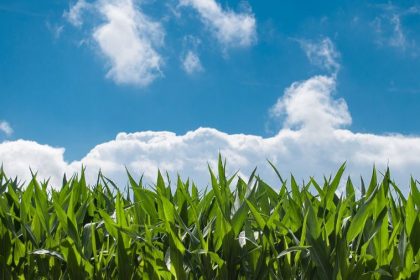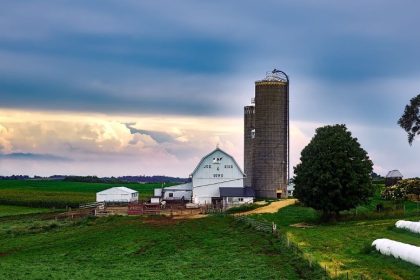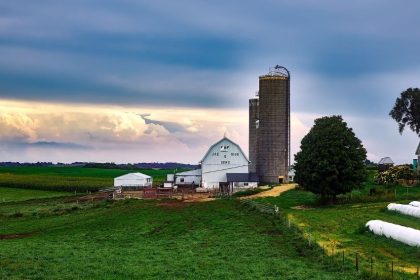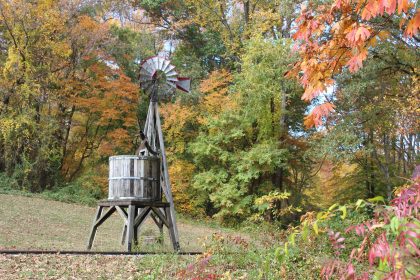Crop Premium Incentives in New Program to Grow Carbon-Neutral Rice
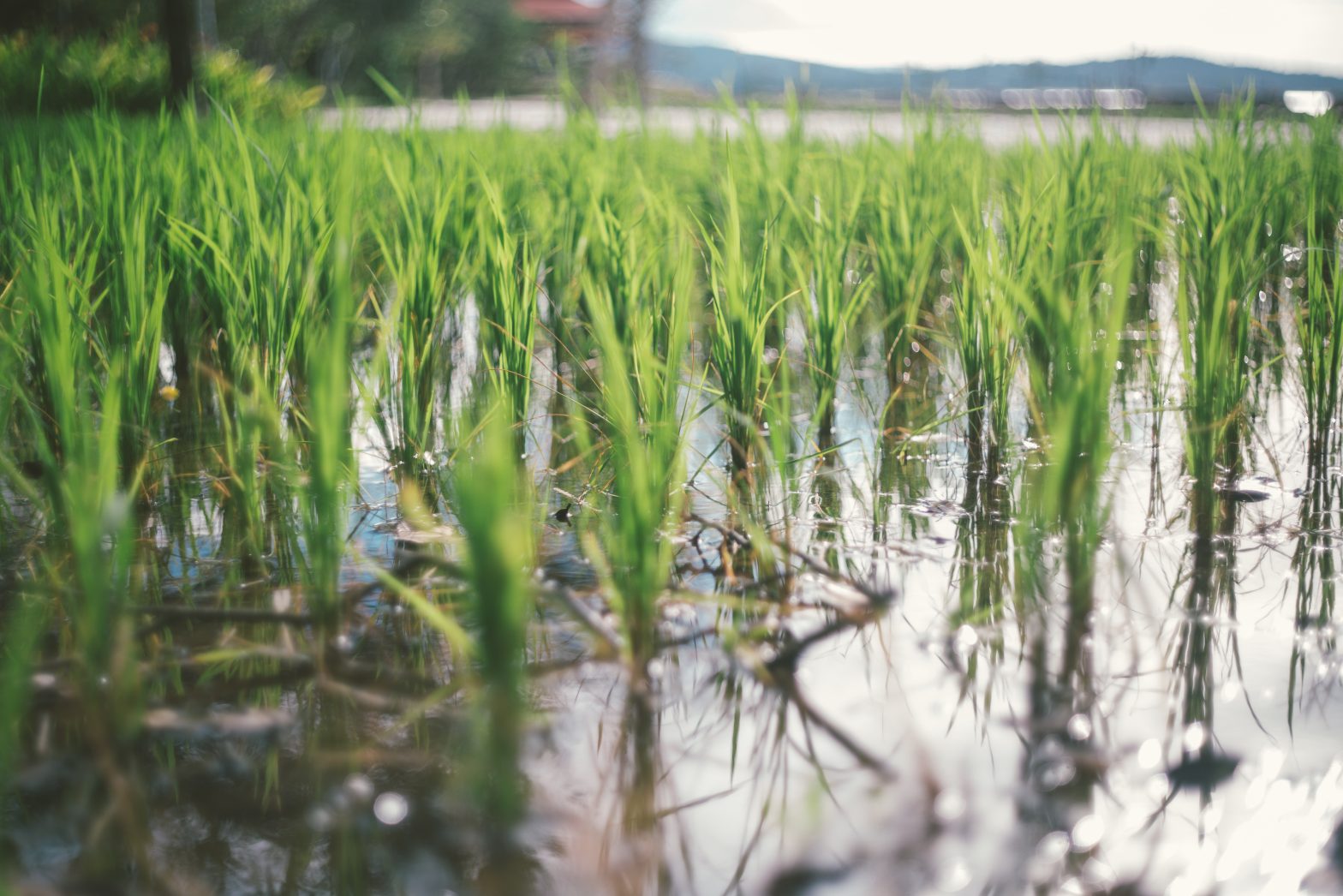
NASHVILLE, Tenn. — Global rice production contributes at least 10% of agricultural greenhouse gas annually, but one Nashville-based sustainable land use management company is incentivizing farmers to produce carbon-neutral rice in the American southwest.
AgriCapture is working with rice farmers on over 20,000 acres across Arkansas, Mississippi, Missouri and Texas to implement regenerative practices on their farms to produce rice that doesn’t just reduce the crop’s methane emissions, but also earns a “carbon neutral” designation.
Conventional rice farming is one of the largest sources of greenhouse gases in the world, emitting 2.1 billion tons of carbon dioxide equivalent annually, but this is as much a factor of how much rice is grown as the method used to produce it.
According to USA Rice’s 2019 published sustainability report, rice is the fourth largest crop in the world, with the U.S. ranking 12th in global production. Each year, American rice farmers grow roughly 20 billion pounds of rice in Arkansas, California, Louisiana, Mississippi, Missouri and Texas.
Conventional agriculture practices used in the U.S. Rice Belt and around the world rely on nitrogen fertilizers, produced through a process that involves large amounts of ammonia and methane. Rice farmers also traditionally flood their rice fields during the growing season and burn the fields after harvest.
AgriCapture’s new program provides American growers with financial incentives to change their rice cultivation techniques.
Farmers are encouraged to produce with more efficient nitrogen application and use high-speed disks or stubble rollers to mulch rice straw into the ground instead of field burning, which allows the mulch residue to fully decompose before the next season’s planting.
AgriCapture estimates that mulching alone could abate as much as 3.6 metric tons of CO2e per acre. But since the company takes a full cradle-to-gate life cycle analysis approach to quantify net GHG emissions, including farming inputs, on-farm activity, post-harvest production, and transportation, Sami Osman, president of AgriCapture believes that its program across the U.S. Rice Belt is expected to reduce over 100,000 metric tons of GHGs each year, starting immediately in 2022.
Farmers growing climate-friendly rice in AgriCapture’s program and following its Climate-Friendly Rice Standard will receive about a 20% premium on the crop grown. Farmers can also receive carbon credit payments if enrolled in AgriCapture’s carbon credit generation projects.
“We want to build consumer awareness of the difference between purchasing carbon-neutral rice with zero GHG emissions and rice that contributes to climate change with a massive carbon footprint,”Osman said in a statement.
AgriCapture’s program is among efforts to grow carbon-neutral rice that have attracted attention across the southern U.S. Rice Belt.
Farmers have also attempted other regenerative agriculture methods, including growing furrow-irrigated or row rice, and using alternate wetting and drying, or AWD, techniques to reduce the flood duration in rice.
“Farmers are becoming increasingly aware of the environmental impacts of certain rice growing practices,” said Texas rice farmer, Galen Franz, who has secured a crop-premium from AgriCapture to further expand carbon-neutral practices on his farm.
“AgriCapture is providing financial incentives to do things differently,” he said.
Kate can be reached at [email protected]



















